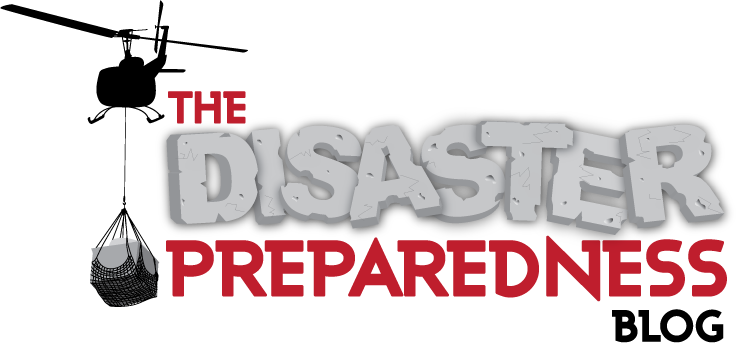Disaster Tip of the Week: Setup Predetermined Meet-up Locations for After an Emergency or Disaster
 Wednesday, February 22, 2012 at 11:35AM | |
Wednesday, February 22, 2012 at 11:35AM | |  Email Article
Email Article One of the more common things to occur after an emergency or disaster is families becoming separated. This is particularly true after sudden large region disasters like earthquakes, tornadoes, wildfires, and mudslides.
This occurs for a variety of reasons, though most commonly because these events can happen when you and your spouse are at work, and the kids are off at school. Though you can’t prevent things like this from happening to you and your family, you can take steps to speed up reunification with your family.
The first step would be to set up predetermined meet-up locations with your family. I recommend that you choose at least three locations, but probably no more than five maybe six locations since someone will have to check each location until everyone is reunited again.
Doing this is quite simple and starting with your first location which I recommend be either the sidewalk or at the end of your driveway in front of your home or apartment. This makes meeting up after an emergency or disaster fairly quickly, especially if everyone is nearby when something happens.
Since this location is the easiest, but also not always practical after an event the second location should also be close by such as across the street from your home or at a designated neighbor’s house.
The third location can be the nearest corner to your home or other location, but I would suggest that you choose an exact cross street location to make things easier. You should also keep it close to home in a familiar place incase street signs are unreadable or missing after the event.
Any additional locations should be at a specific location that is easy to find both geographically or by what is at the location. An example would be the Lowe’s parking lot on Friendly Street and Lovely Place. Well, you get the idea.
If you have school age children you should also check with your school to see what the school has planned in case of a large event. All schools should have such plans in place and they will not release the children to go off on their own. A parent may have to come and pick up the child, or they may go to another school or shelter. I suggest you find out now so you won’t be “surprised” when it happens.
To make your location planning easier, I found a website called Safety Maps that you can use to set up predetermined meet-up locations for after an emergency. It is a free tool set up these locations and lets you include instructions. Just go to Free Planning Map to get started creating yours.
If you have family that works more than an hour’s drive from where you live it may not be practical to meet-up immediately following an event. In that case, I recommend you set up a family crisis communications plan, and I will be doing a post on that for next weeks tip.







